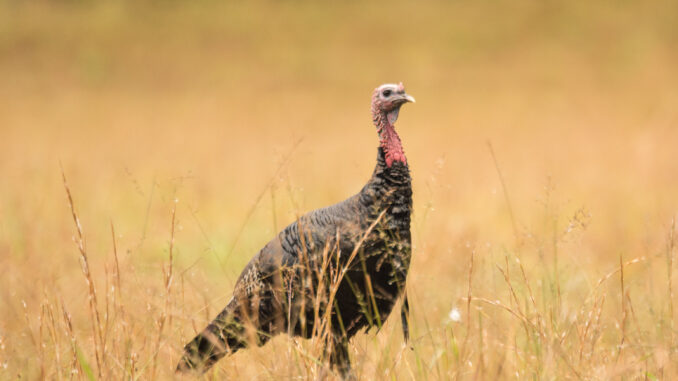
For the fifth straight year, the National Wild Turkey Federation (NWTF) is leading a coordinated effort with partners, agencies and land stewards across the Great Plains to advance high-impact conservation projects that conserve one of the landscape’s most critical habitats: riparian areas, the vibrant transition zones where land and water meet. Partners can now submit project proposals to the NWTF for funding consideration.
These green ribbons along streams and rivers are far more than pretty places on a map. They are lifelines. Riparian corridors buffer floods, filter water, support agricultural and community needs and provide essential habitat for wild turkeys and hundreds of other species. When these systems thrive, entire watersheds and the wildlife and people who depend on them reap the benefits.
“The Waterways for Wildlife Initiative continues to build momentum, drawing in a growing and more diverse network of partners and projects, improving key riparian habitats for wildlife and strengthening the overall health of these essential ecosystems,” said Annie Farrell, NWTF district biologist. “We look forward to supporting new projects in 2026 that will deliver the greatest benefits for our natural resources.”
Completed applications must include any supporting materials, including maps, photos, budgets or other documentation, and must be submitted through the Survey123 form to be considered.
Eligible parties for funding in 2026 include federal, state and local agencies and entities; conservation organizations; colleges and universities; and private landowners currently working through an existing recognized federal, state or locally sponsored conservation assistance program.
Since launching its first round of funding in 2022, the Waterways for Wildlife Initiative has become a powerful force for on-the-ground change. The NWTF and its partners invested $2.8 million in the first 14 projects, followed by $5.3 million supporting 20 new projects in 2023 and $16.3 million toward 16 additional projects in 2024. This past year, the 2025 allocation provided over $2.7 million in funding across 14 projects, bringing the total investment among the NWTF and its partners for the Waterways for Wildlife Initiative to over $27 million since 2022.
For 2026, the initiative is once again seeking projects that restore and strengthen riparian systems at meaningful scales. Proposals that improve water conservation, reconnect floodplains, remove invasive species or advance long-term, landscape-level restoration will be prioritized.
Why Riparian Work Matters
Riparian ecosystems are naturally diverse systems subject to frequent periods of flooding and drought. These natural disturbances serve to create new seed beds and remove biomass, ultimately “setting back” plant succession and providing nutrients to riparian plant communities, which maintains a productive ecosystem that benefits wildlife species. However, many changes have occurred in the Great Plains that have disrupted this natural cycle and impacted the health of these vital communities. Land use changes (including altered hydrology), increased water demands to meet human needs, invasive species and livestock impacts are some of the many factors that can affect riparian ecosystem function and diminish wildlife habitat.
Riparian areas are a natural magnet for wild turkeys and hundreds of other wildlife species. These areas are also crucial for fish and other aquatic species, as they help control erosion and filter excess nutrients and chemicals from surface runoff that can adversely affect spawning and rearing areas. Riparian areas also control flooding, improve water quality and provide community and agricultural water supply demands while recharging aquifers.
Since 2022, the Waterways for Wildlife Initiative has made a remarkable impact across the Great Plains, improving 45,785 acres of riparian habitat and 209.39 miles of stream corridor. An additional 10,543 acres of associated upland habitat are already planned or underway through projects awarded for 2025 as well.
These efforts take many forms — from invasive plant removal to reconnecting historic floodplains — but they all share a common purpose: strengthening water resources and restoring the wildlife-rich landscapes that depend on healthy riparian systems.
Learn more about riparian ecosystems and the NWTF’s Waterways for Wildlife Initiative.
About the National Wild Turkey Federation
Since 1973, the National Wild Turkey Federation has invested over half a billion dollars into wildlife conservation and has positively impacted over 24 million acres of critical wildlife habitat. The NWTF has also invested over $10 million into wild turkey research to guide the management of the wild turkey population and to ensure sustainable populations into perpetuity. The organization continues to deliver its mission by working across boundaries on a landscape scale through its Four Shared Values: clean and abundant water, healthy forests and wildlife habitat, resilient communities, and robust recreational opportunities. With the help of its dedicated members, partners and staff, the NWTF continues its work to provide Healthy Habitats. and Healthy Harvests. for future generations.




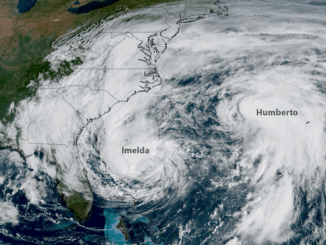

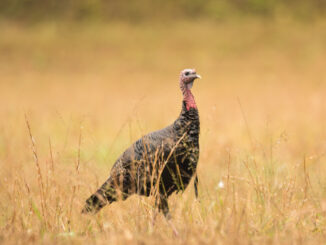














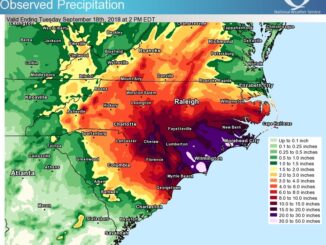


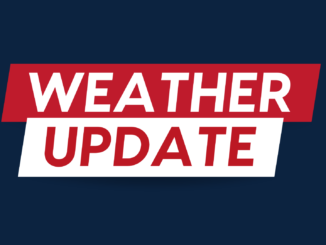




Be the first to comment